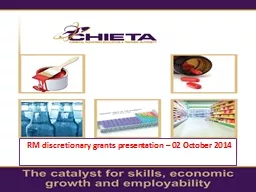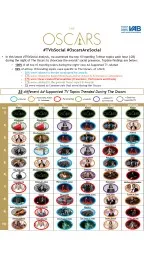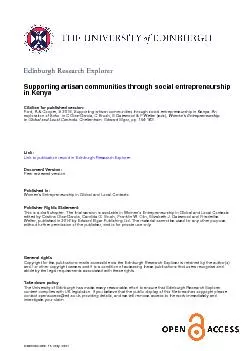PPT-Trending Topics The rise of the artisan
Author : mitsue-stanley | Published Date : 2018-10-06
Catherine Neville Publisher amp Editor Feast Magazine Les Dames dEscoffier 2012 Conference St Louis The pendulum has swung away from the artificial and toward the
Presentation Embed Code
Download Presentation
Download Presentation The PPT/PDF document "Trending Topics The rise of the artisan" is the property of its rightful owner. Permission is granted to download and print the materials on this website for personal, non-commercial use only, and to display it on your personal computer provided you do not modify the materials and that you retain all copyright notices contained in the materials. By downloading content from our website, you accept the terms of this agreement.
Trending Topics The rise of the artisan: Transcript
Download Rules Of Document
"Trending Topics The rise of the artisan"The content belongs to its owner. You may download and print it for personal use, without modification, and keep all copyright notices. By downloading, you agree to these terms.
Related Documents













